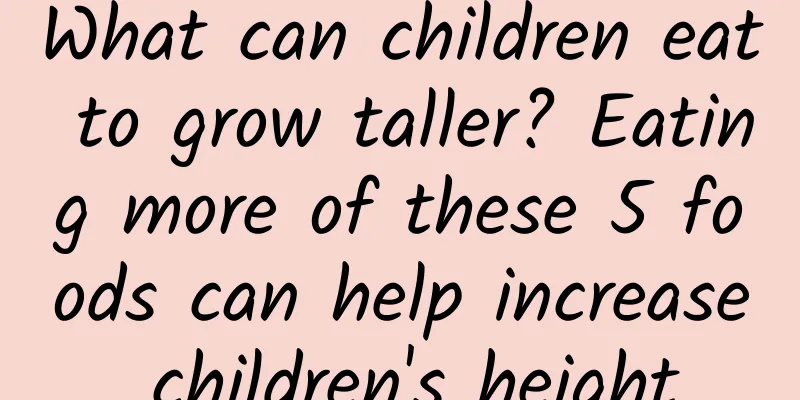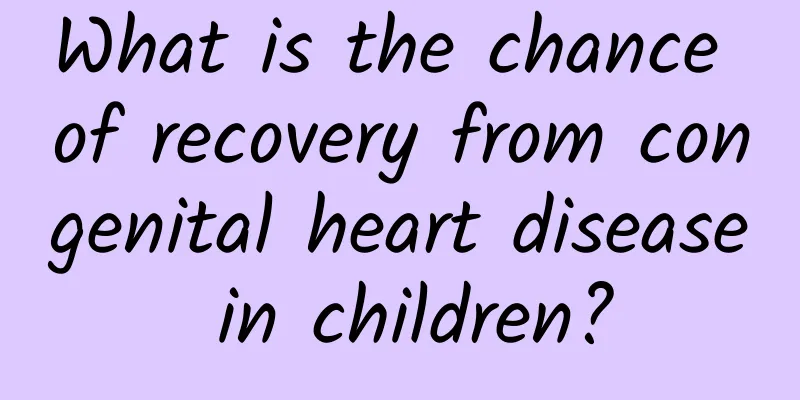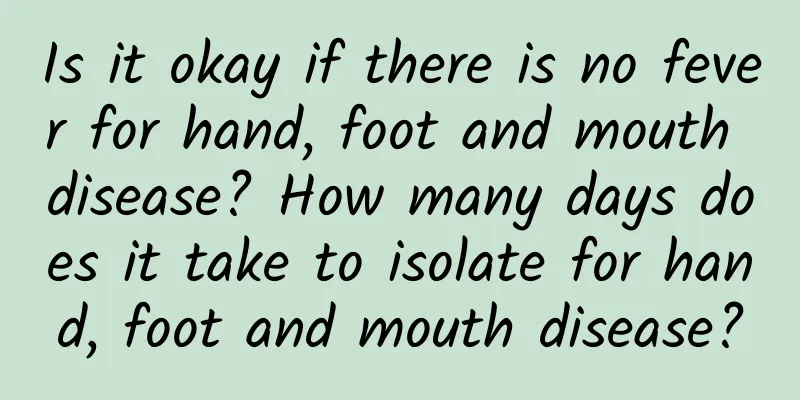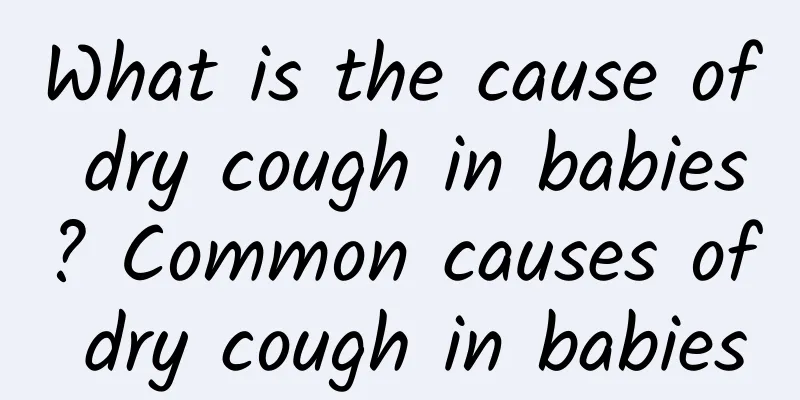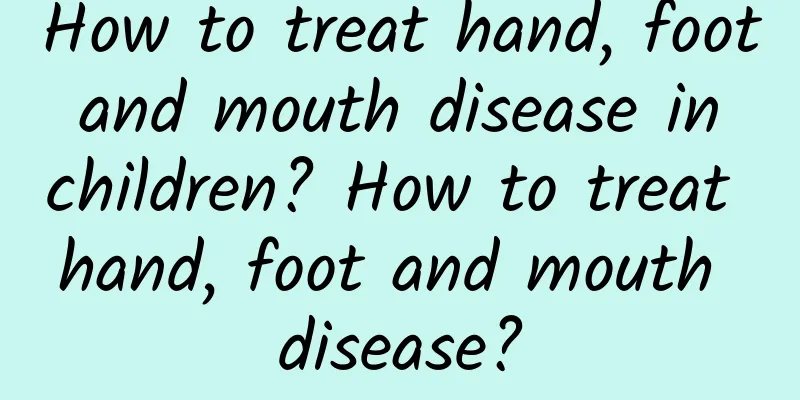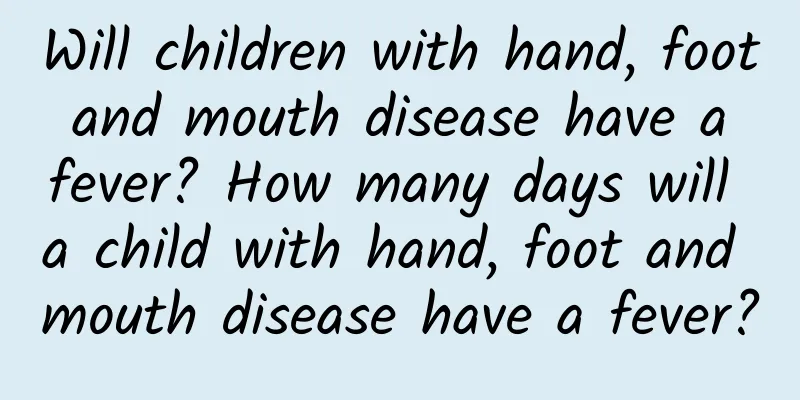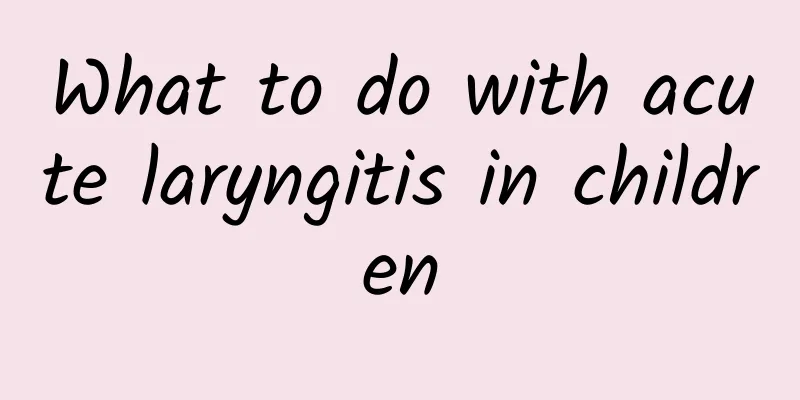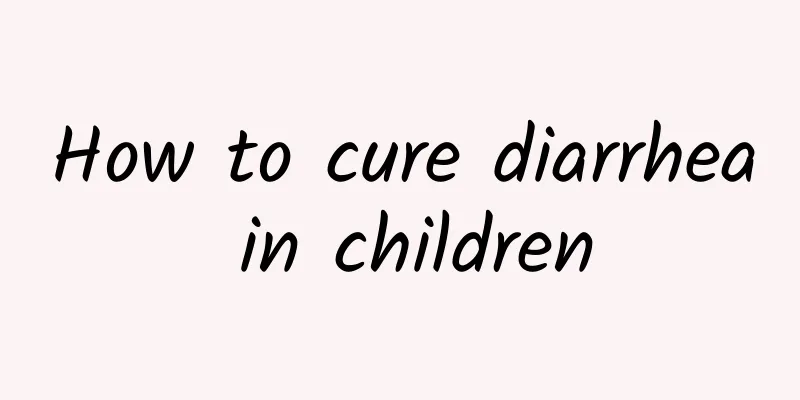What to pay attention to when treating pneumonia in children
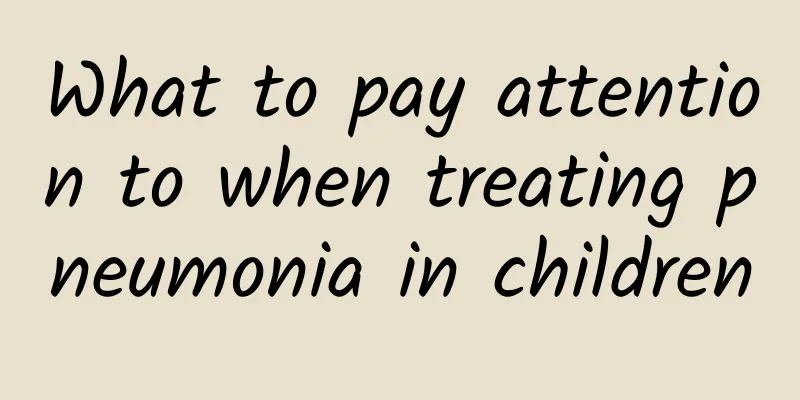
|
For diseases like pediatric pneumonia, we parents hope that they can help their children with active treatment and care, because the occurrence of the disease brings too much trouble to the children. Only active and correct treatment and care can reduce some harm and lead to immediate and rapid recovery. The following editor will first introduce what to pay attention to when treating pediatric pneumonia. 1. If the baby does not have a fever, it does not mean pneumonia Not all children with pneumonia will have fever. For example, epidemic pneumonia, chlamydia, and mycoplasma pneumonia in winter and spring may have no fever or low fever. Especially if a newborn has pneumonia, there may be no symptoms of coughing or fever, so parents must not ignore it. 2. Intravenous antibiotic infusion is the best choice Although most pneumonia is caused by bacteria, many pneumonias are caused by viruses, chlamydia, mycoplasma, fungi and other pathogens, or by allergies. Abuse of antibiotics not only fails to achieve the therapeutic effect, but also easily causes various adverse reactions. The correct approach is to listen to the doctor's analysis and choose the right medicine. 3. After 2 days of treatment, there is no improvement. It is time to change to another medicine. In fact, some treatments are not effective immediately and take some time to take effect. In principle, if the condition has not worsened, you need to cooperate with the doctor to take the medicine for 3 days and then evaluate the efficacy. Frequent changes of medicines are not conducive to disease control. 4. Antibiotics have serious side effects. If the child no longer has a fever and the cough has improved, stop taking them. How long antibiotics need to be used should be determined based on the condition, pathogen, and individual circumstances. Be sure to follow the doctor's instructions and avoid irregular medication. Stopping the medication on and off will cause drug resistance, leading to persistent or chronic pneumonia. 5. Close the windows and cover the children with blankets, fearing that they will catch a cold Indoor air circulation and sufficient sunlight can reduce pathogenic bacteria in the air. The ultraviolet rays in the sunlight also have a bactericidal effect, so windows should be opened frequently for ventilation. The clothes and bedding of the child should not be too thick. Overheating can make the child irritable, cause shortness of breath, and aggravate breathing difficulties. Above, the editor has summarized some treatment misunderstandings that parents have for patients with neonatal pneumonia in their lives. After understanding these misunderstandings, we hope that parents will help their children receive correct treatment when they find that their children have pediatric pneumonia in the future, so as to recover from the disease as soon as possible. |
<<: How to best treat pneumonia in children
>>: Can't children's pneumonia be treated randomly?
Recommend
How much is a jaundice detector?
The price of a jaundice detector is usually one o...
What are the early symptoms of kidney disease in children? There are three situations in which you must be alert to kidney disease in children.
Kidney disease in children should not be ignored....
Introduction to the characteristics of phenylketonuria
What is the brief introduction to the characteris...
How to deal with diarrhea in infants and young children
Infant diarrhea is not unfamiliar to many friends...
How to prevent acute laryngitis in children
How to prevent acute laryngitis in children? In f...
How to improve thinning hair for girls
Girls with thin hair can improve the problem of t...
What are the diagnostic criteria for polio?
Polio is an infectious disease caused by the poli...
The characteristic signs of patent ductus arteriosus in children are
Patent ductus arteriosus (PDA) in children is usu...
How to treat cough caused by allergic rhinitis in babies
When babies have allergic rhinitis, it can cause ...
What are the common causes of colds in children? How to identify the type of cold in children?
Children's cold is one of the most common dis...
Causes of pneumonia in children
Many children suffer from pneumonia because their...
Laparoscopic treatment of hernia in children
Oblique inguinal hernia in children is one of the...
How to treat a one-year-old baby's cough How to treat a one-year-old baby's cough
If the weather is too dry and the child drinks le...
Why do I feel so absent-minded all the time?
Being absent-minded may be the result of multiple...
What is the normal range of neonatal jaundice? What causes high neonatal jaundice?
Neonatal jaundice refers to a disease characteriz...
